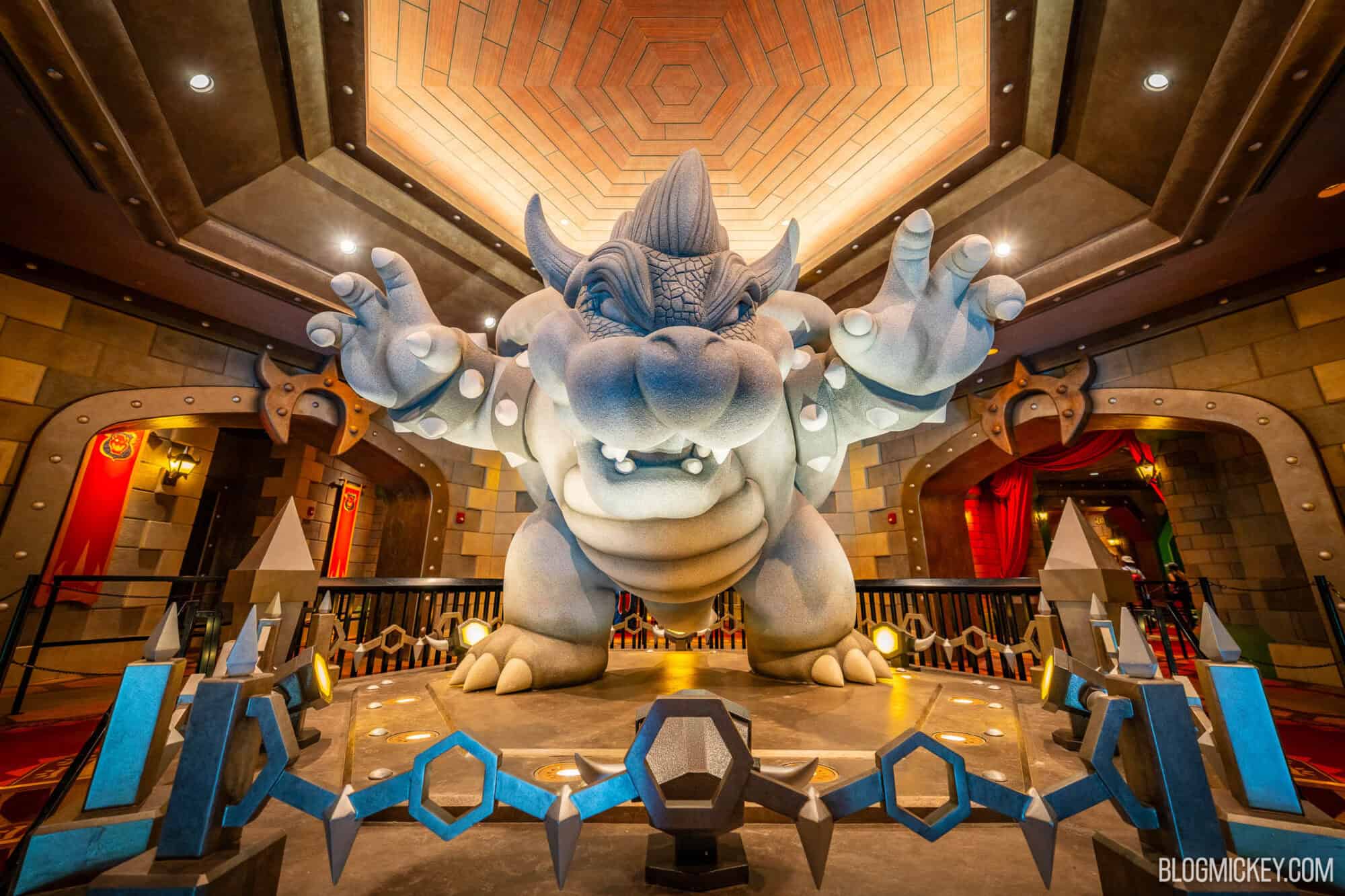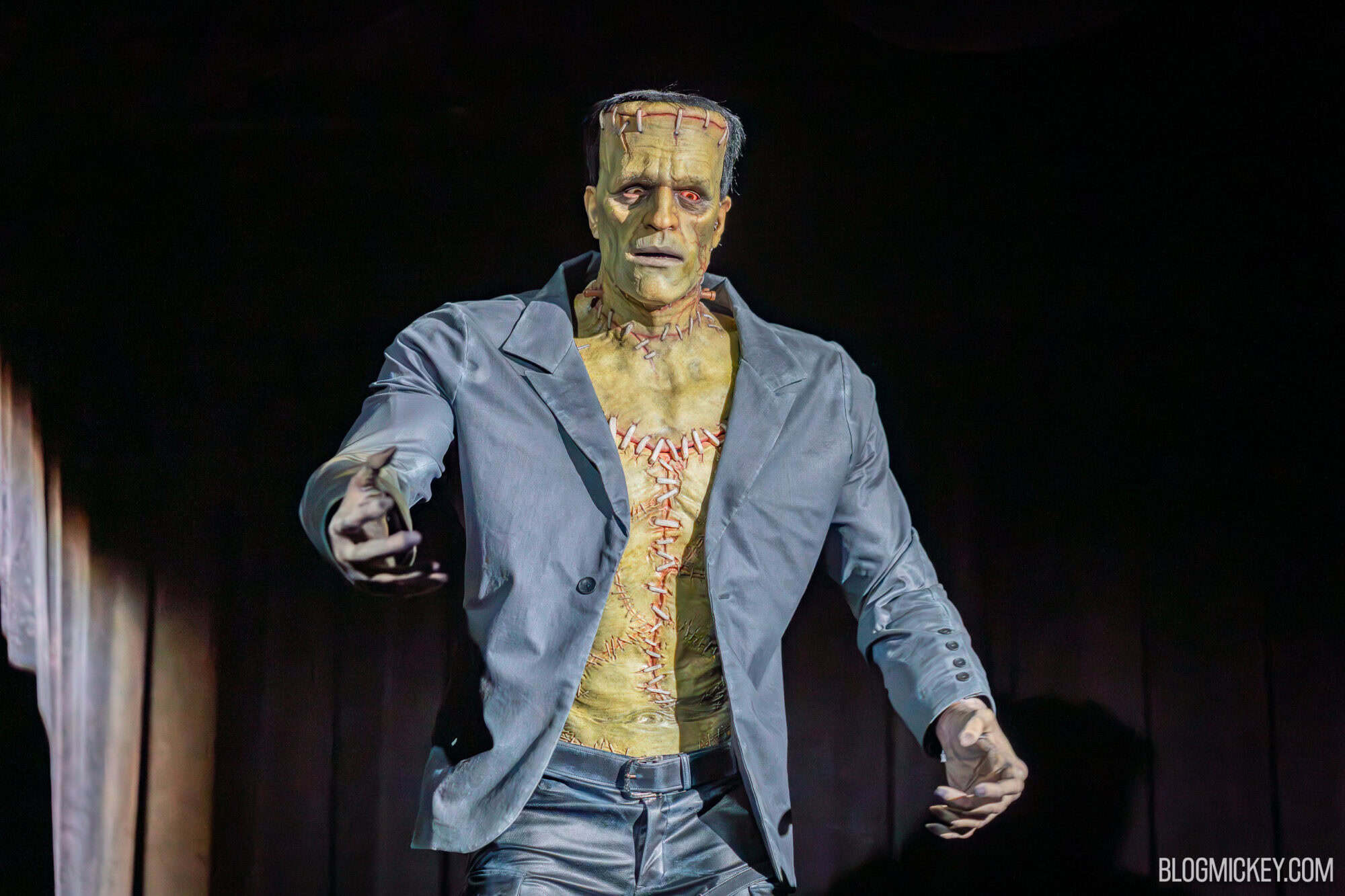Comcast Corp, parent company of Universal, held its first earnings call following the opening of Universal Epic Universe theme park. The earnings call offers our first look into the thinking of execs and financials with the theme park now open and welcoming guests. In this article, we’ll go over some of the key takeaways from the earnings call as it relates to Epic Universe.

Earnings Call: Insight Into Epic Universe Opening & Expectations
Overall, executives presented the grand opening of Universal Epic Universe in a positive light, as you’d imagine. The theme park is a major accomplishment for Universal Orlando Resort, and something that tips the scales a bit when tourists consider an upcoming vacation to the Central Florida area.

A bit of commentary before we dive into the specifics. We’re fans of Epic Universe. It is the best theme park at Universal Orlando Resort, and a theme park that we’d be spending way more time in if an Annual Pass was offered. From high-tech and immersive rides to some of the best dining you can find in a theme park to world-class theming, Epic Universe is a winner.
That said, there are hurdles for the theme park. In terms of visitation, Universal has been exceedingly disciplined in its ticketing strategy. In short, Universal went with a ticketing strategy that introduced just enough friction to create a sort of soft capacity for the theme park. No, Epic Universe isn’t hitting capacity or “full”, but ticketing products are, frankly, anti-consumer in a way that makes multiple visits, or even a single visit, frustrating.
Even with ticketing friction, Universal is seeing an estimated attendance of some 14,000 to 21,000 guests per day. That’s not a terrible number, especially during the opening months, but it’s not where Universal needs to be.
Executives sort of hinted at the soft capacity, noting that they are working on ramping up operations. On the earnings call, executives use the term “operating leverage”. I think that is referring to operational efficiency of attractions, ride reliability, and the current soft capacity ticketing strategy at play.
Ok, with that commentary/context out of the way, let’s dive into the financials and some quotes from Universal execs.

Epic Universe: Revenue Boost
In terms of top-line revenue for the theme parks segment of the Content & Experiences division, Comcast reported an 18.9% jump in year-over-year revenue. In terms of actual dollars, that meant a jump from $1.98 billion last year to $2.35 billion this year.
Comcast CFO Jason Armstrong offered a little bit more insight into the revenue. While the top-line revenue of 19% was a highlight, EBITDA (Earnings Before Interest, Taxes, Depreciation, and Amortization) was only 4.1%. Armstrong said that EBITDA took a hit due to “soft opening costs” at Epic Universe.
In a prepared statement, Comcast President Mike Cavanagh said that they are “extremely proud of the successful opening of Epic Universe”. Cavanagh said that Comcast is pleased with the early results of Epic Universe, noting that the theme park is driving higher per-cap spending and attendance across the entirety of Universal Orlando Resort. Cavanagh specifically called out “strong food and merchandise sales”.
Critically, Cavanagh said that Epic Universe had a “minimal impact” on attendance at Universal Studios Florida and Islands of Adventure. Some commentary on this. I would say that this “minimal impact” on the existing theme parks is certainly propped up by the ticketing strategy currently at play. While you can purchase a 1-day ticket to Epic Universe, early ticket offerings bundled a day at Epic Universe with multiple days at the existing theme parks.
As ticket offers continue to evolve to make it easier for guests to focus their vacation only on Epic Universe, it is possible that we see more of an attendance impact at Universal’s existing theme parks. I think that Universal Studios Florida is at a particular risk of getting hit with lower attendance (outside of the still very popular Halloween Horror Nights special event). Something to keep an eye on once Universal rolls out new ticket types for Epic Universe.

Top Concern: Epic Universe Ride Reliability
One of the speed bumps that Cavanagh noted was that of ride reliability. That said, Cavanagh indicated that ride reliability was an expected concern, saying, “As expected, our near-term focus is on expanding ride throughput to reduce early attendance constraints”.
Looking at ride downtime figures via thrill-data, we can see that a number of attractions are experiencing some significant average daily downtime. Note that “downtime” for an outdoor attraction could be attributed to weather delays. Here are the current rolling average daily downtime figures:
- Hiccups Wing Gliders | 167 minutes
- Stardust Racers | 166 minutes
- Harry Potter and the Battle at the Ministry | 110 minutes
- Fyre Drill | 103 minutes
- Yoshi’s Adventure | 85 minutes
- Curse of the Werewolf | 80 minutes
- Dragon Racer’s Rally | 69 minutes
- Constellation Carousel | 17 minutes
- Mario Kart: Bowser’s Challenge | 15 minutes
- Monsters Unchained | 6 minutes
The outdoor attraction with the lowest average downtime is Dragon Racer’s Rally at 69 minutes. That is a somewhat reliable attraction, so we can likely attribute at least 45-60 minutes as being weather related. Using that as a baseline for other outdoor attractions, we can see that there are some significant issues with Hiccups Wing Gliders, Stardust Racers, and Fyre Drill. Other outdoor attractions that appear to be a bit more reliable include Dragon Racer’s Rally, Curse of the Werewolf, and Yoshi’s Adventure.
In terms of indoor attractions, Harry Potter and the Battle at the Ministry continues to struggle while Monsters Unchained is essentially flawless.

It sounds like ride reliability is one of the top concerns for the Epic Universe team right now, and the #1 reason that more ticket types and deals haven’t been rolled out.
That said, Cavanagh was quick to note that “Epic is trending in line with our expectations and well on its way to transforming Universal Orlando into a true week-long destination”.
Armstrong said that Universal expects Epic Universe to “continue to scale over the course of the year”. He said that Universal is forecasting “higher attendance and per caps as well as significantly improved operating leverage”.
This is particularly encouraging to hear because, at this point, “higher attendance” can only be accomplished in one of two ways. Either more 1-day ticket allocation or new ticket types. We’d love to see some true multi-day options and/or opening up Park Hopping. Of course, the biggest news will be when Universal decides to offer an Annual Pass product for Epic Universe. In the interest of continuing to try and squeeze every drop of juice out of Epic Universe, we would expect to see an expensive “4-park” Annual Pass first, followed by the more popular “3-park” option that would leave out Volcano Bay.
It sounds like there is some question of timing as to when these changes will occur. Epic Universe has some built-in challenges when it comes to operating leverage such as the fact that so many attractions are outdoors. In reality, Universal needs to add some indoor and lower-tier attractions to the Epic Universe lineup, but that is likely years and years away. In the meantime, increasing ride reliability is the fastest way to increasing attendance and more appealing ticket options.
Overall, it sounds like Comcast is pleased with how Epic Universe is performing. There are some challenges ahead with ride reliability and rolling out new ticket types, but Epic should position Universal well to compete with Disney in the coming years.
For more on Universal Epic Universe, check out our page below!

As always, keep checking back with us here at BlogMickey.com for not only the latest Disney Parks news, but also news, photos, and info from great offerings Outside the Bubble!



